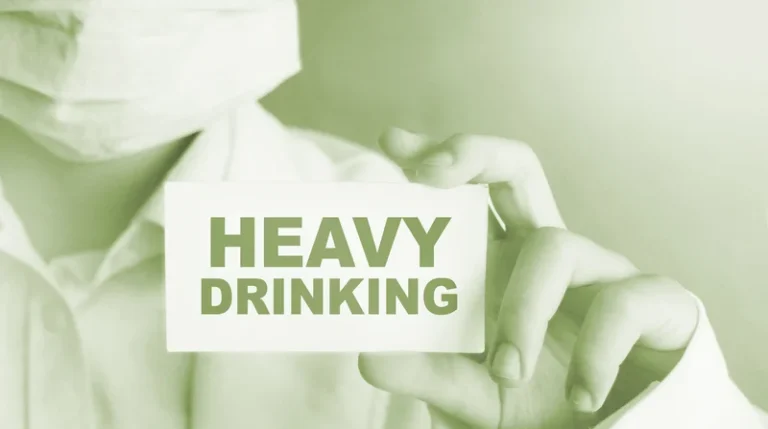National Sober Active Community
Participants have the structure, accountability, and sense of community that they had in residential treatment, while also being experiencing the flexibility to be able to thrive independently. Sober living is a Level 3 form of residential care under the American Society of Addiction Medicine (ASAM) criteria. It provides a structured living environment for individuals in recovery, focusing on maintaining sobriety and developing life skills. Licensed since 1992, Katie started out her career as a Clinical Social Worker in both inpatient and residential treatment facilities for children, adolescence and adults. While in those settings, Katie ran groups and provided individual and family therapy.
Can I bring my personal belongings to a sober living home in San Diego?
The program allowed him to discover things that he loved doing, like surfing, golfing, being active, and spending time outdoors. He now uses what he has learned to help guide other young men on their road to recovery. Our commitment to residents’ long-term recovery extends beyond their time in our SLE program. We encourage individuals to maintain connections with peers, counselors, and staff members, providing ongoing support whenever needed. Our SLE program ensures residents have a robust support network to rely on even after leaving the facility.
How long do most people stay in sober living?
San Diego sober living homes typically offer amenities like shared or private rooms, common living areas, a kitchen for meal preparation, laundry facilities, and often a yard or outdoor space. Some homes may offer additional amenities like Wi-Fi, cable TV, and transportation assistance. Yes, we allow pets in our sober living https://ecosoberhouse.com/ houses, and we’re proud to be among the few that offer this accommodation. While our program is specifically designed for men only, we understand the importance of support for couples in recovery. If you are looking for a couple-friendly sober living option, we can certainly refer you to facilities that accommodate couples.
Begin Lasting Sobriety Now!
Brandon Parkhurst is a musician, music expressionist, San Diego native and Certified Core Energetics Practitioner specializing in addiction and personal growth. He works with groups and individual clients, providing a safe space for people to heal trauma and work through blocked emotions. sober network As a musician, Brandon toured for most of his early years in his band Kut U Up alongside mainstream acts such as Green Day and Blink 182. Now Brandon works with the therapeutic elements of music and somatic healing techniques to lead people to a place of feeling totally ALIVE.
What Should I Look for in a Sober Living Home?
The duration of stay in San Diego sober living homes can vary greatly depending on your individual needs. Some residents may stay for a few months, while others may remain for several years. The flexibility of sober living homes in San Diego allows individuals to stay as long as they need to feel confident in their sobriety and ready to live independently. Some sober living homes in San Diego may allow pets, as they can provide comfort and support during the recovery process. When undergoing sober living in San Diego, CA, residents are encouraged to maintain employment or continue their education. Residents can develop a routine, build skills, and work toward personal goals while receiving the support of their sober community.
- There are so many factors and emotions that exist in early recovery, that placing people of the opposite sex in the same living facility can be disastrous.
- Transition planning generally includes setting up a support system, connecting residents with community resources, and offering ongoing counseling to ensure clients can successfully transition to independent living.
- These homes provide a safe space free from alcohol and drugs, helping residents transition from inpatient treatment to independent living.
Who Should Consider a Sober Living Home?
- Yes, residents are typically allowed to bring personal belongings, but space may be limited, and certain items may be restricted.
- After nearly 8 years of successfully working with men at The Grounds, Alex soon learned that there was a strong need for women’s aftercare programs.
- Costs fluctuate depending on factors like location, amenities, and services provided.
Growing up in Southern Oregon, Eric always enjoyed being in nature, but upon moving to coastal San Diego, he quickly realized there is nowhere else he’d rather be. During his free time, Eric enjoys surfing and staying active within his recovery community. Transitioning from our SLE program to independent living requires careful planning and preparation. Our dedicated staff assists residents in developing aftercare plans, including referrals to outpatient services, therapists, and ongoing support groups.
Typically, sober living homes in San Diego charge monthly fees ranging from $600 to $2,000 or more. Contact Southern California Recovery Centers today to get a more accurate estimate, and allow us to verify your insurance to make your stay even more affordable. Addiction can be profoundly isolating, but recovery is achievable when you’re surrounded by a supportive environment of peers who understand your struggles.
First, all sober livings should strictly enforce requirements that residents remain drug and alcohol-free during their stay, and almost all require some form of drug and alcohol testing on a regular basis. If you encounter a sober living that does not require a safe, drug-free environment, then it is not a sober living and you should run from these facilities. Additionally, almost all sober living facilities have a set fee, and most require the resident to get a job in order to pay for his or her own stay at some point in the recovery process. Requiring steps along the way eases this transition while also providing accountability. Additionally, assuming the facility is 12-step based, most require regular attendance at AA or NA meetings, and most have a nightly curfew.






